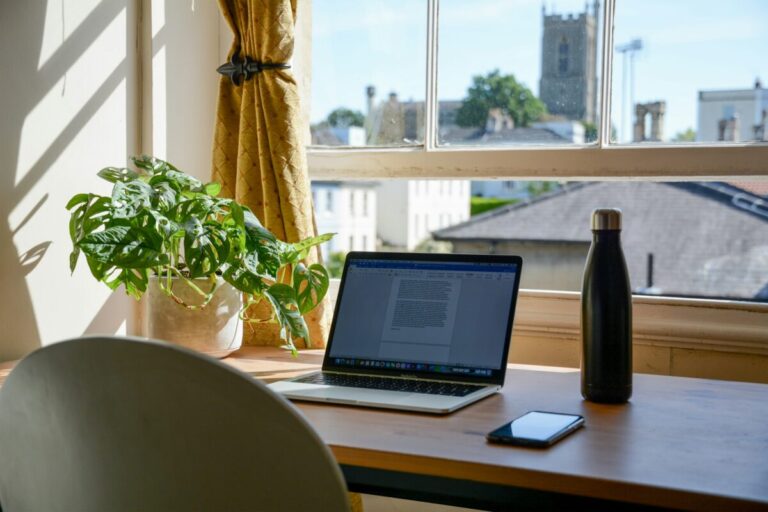New research from the UK shows how homeowners who relied on PV and storage during the Covid-19 crisis were able to significantly reduce their reliance on electricity from the grid, while increasing self-consumption. The analysis included 100 homes equipped with solar panels ranging in power from 1.71 kW to 4.86 kW and batteries from 2.5 kW to 3.3 kW.
A team of researchers from the University of Newcastle and Heriot-Watt University in the UK has investigated the effects of home office and homeschooling during the Covid-19 pandemic-induced lockdowns on the electricity consumption of homeowners equipped with PV systems and batteries analyzed. significant savings.
In the study “Remote working could unlock solar energy’s potential to break the ‘Duck Curve’,” published in Applied energyIn particular, the scientists investigated how distributed solar plus storage helped smooth the so-called duck curve.
“This study aimed to understand the initial behavioral changes during the onset of lockdown, observe the easing of these changes as restrictions were lifted, and then investigate a return to more conventional practices as we emerge from lockdown, with the possibility is being explored of some changes becoming sustainable,” they explained.
In particular, their analysis looked at the energy performance of 100 homes relying on solar and storage in the South West of the UK during the period from April to August 2020.
“Out of 100 homes, 46 homes had Sonnen Eco 9.43 batteries, and the rest had Sonnen Hybrid 9.53 batteries, where the solar PV size was 1.71-4.86 kW and the battery size was 2.5 kW or 3, 3 kW,” the academics specified. “The distribution included 56 detached houses, 12 semi-detached houses, three terraced houses and six end houses.”
The research team found that self-consumption of PV electricity increased by 7.6% during the analyzed period and dependence on electricity from the grid decreased by 24-25%.
“The noticeable increase in solar electricity consumption during the morning and afternoon corresponded with the longer periods of working from home and schooling from home,” it added. “While this pattern reduced energy consumption at night, it resulted in an overall increase in electricity demand during the lockdown.”
The study also notes that consumers returned to their previous consumption patterns after the end of the Covid-19 crisis, in line with pre-Covid-19 levels. It also emphasized the need to encourage home office practices as a way to help distributed solar energy resources mitigate the challenge of the duck curve.
“Future research efforts could focus on conducting large-scale studies that include diverse geographic regions and demographic profiles to increase the robustness and applicability of our findings,” they concluded, referring to the future directions of their work.
This content is copyrighted and may not be reused. If you would like to collaborate with us and reuse some of our content, please contact: editors@pv-magazine.com.


